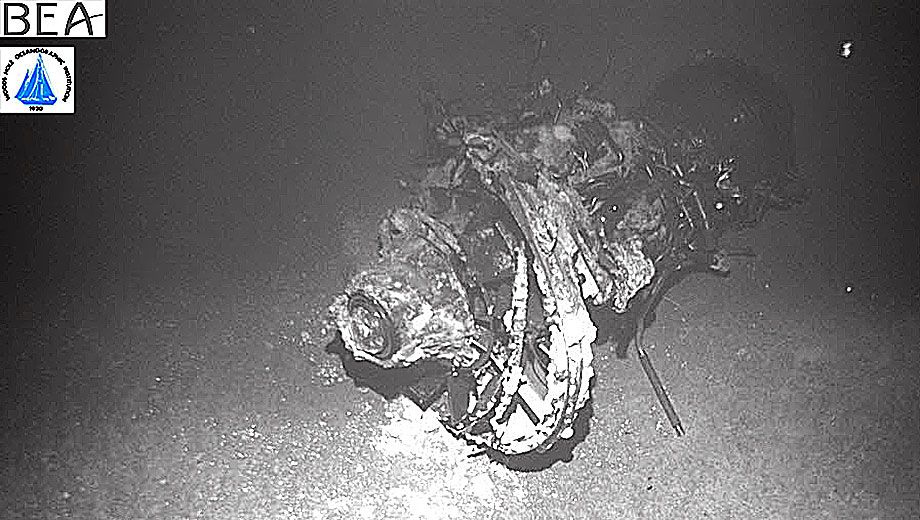Air France 447 wreckage found: new clues on safety of Airbus A330 planes

A large amount of wreckage from Air France 447 has been discovered, 4 km under water on the ocean floor between Brazil and Africa.
The discovery raises hopes that air crash investigators will be able to recover the missing black box recorders that could explain why the Airbus A330 -- a plane commonly flown in Australia -- dropped from the sky in June 2009.
The analysis of the wreckage is vitally important for airlines and their passengers worldwide, as the Airbus A330 is a commonly flown plane all over the world.
It is used within Australia -- mainly on longer East to West coast routes -- by Qantas and Virgin Blue, and to Singapore by Jetstar, as well as around the world by international airlines including Emirates, Etihad, Thai, Delta, Cathay Pacific, China Airlines and Korean Air, among others.
So far, the explanation that air speed sensors on the plane failed due to iced-up pitot tubes, is merely a theory based on a sequence of messages the plane automatically radioed back to base seconds before crashing, indicating that the pilots were being given conflicting air speed messages, and might not have known how fast the plane was flying.
Flying a plane too fast can cause the fuselage to break up mid-air, while flying it too slowly can cause the plane to lose aerodynamic lift and the engines to stall.
However, investigators hope the large field of wreckage found will enable it to gather hard facts on what caused the plane to crash, including why the plane may have flown into a damaging storm cell without giving normal warnings to the pilots.
Large sections of the plane's fuselage have been found intact, with identifiable bodies of passengers still strapped into their seats, preserved by the freezing temperatures at the bottom of the ocean.
One important discovery already, even before the wreckage is lifted from the ocean floor, is that oxygen masks had not deployed in the cabin. This indicates that the plane had not lost pressurization before it hit the water, confirming the theory that it broke up on impact, rather than rupturing mid-air.
Following the crash, the pitot tubes that provide the data for air speed sensors were replaced on all A330s worldwide, with a different design that is less susceptible to clogging with ice.
However, other problems have continued to dog the aircraft. In late March, a Qantas A330 was forced to make an emergency landing in Cairns after a fire broke out in the cockpit, with flames appearing twice, the second time after pilots thought they had successfully extinguished the fire. The plane was en route from Manila to Sydney.
In 2008, another Qantas A330-303 had to make an emergency landing at a the Learmonth, WA Air Force base after the plane made sudden, unexpected dives, seriously injuring 12 passengers and injuring 103 more.

Hi Guest, join in the discussion on Air France 447 wreckage found: new clues on safety of Airbus A330 planes